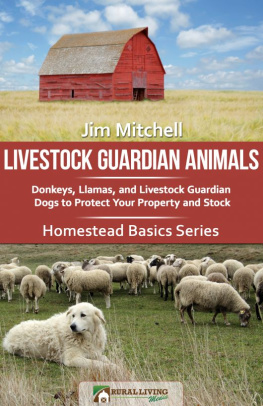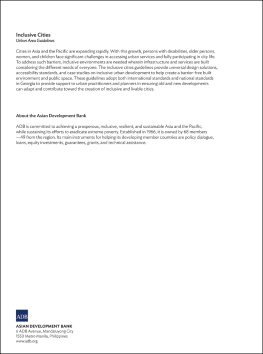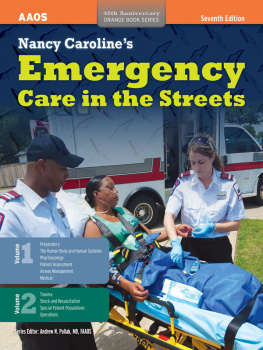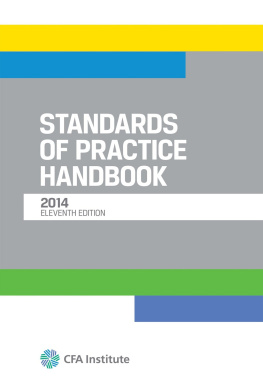LEGS - Livestock Emergency Guidelines and Standards 2nd Edition
Here you can read online LEGS - Livestock Emergency Guidelines and Standards 2nd Edition full text of the book (entire story) in english for free. Download pdf and epub, get meaning, cover and reviews about this ebook. year: 2014, publisher: Practical Action, genre: Home and family. Description of the work, (preface) as well as reviews are available. Best literature library LitArk.com created for fans of good reading and offers a wide selection of genres:
Romance novel
Science fiction
Adventure
Detective
Science
History
Home and family
Prose
Art
Politics
Computer
Non-fiction
Religion
Business
Children
Humor
Choose a favorite category and find really read worthwhile books. Enjoy immersion in the world of imagination, feel the emotions of the characters or learn something new for yourself, make an fascinating discovery.

- Book:Livestock Emergency Guidelines and Standards 2nd Edition
- Author:
- Publisher:Practical Action
- Genre:
- Year:2014
- Rating:4 / 5
- Favourites:Add to favourites
- Your mark:
- 80
- 1
- 2
- 3
- 4
- 5
Livestock Emergency Guidelines and Standards 2nd Edition: summary, description and annotation
We offer to read an annotation, description, summary or preface (depends on what the author of the book "Livestock Emergency Guidelines and Standards 2nd Edition" wrote himself). If you haven't found the necessary information about the book — write in the comments, we will try to find it.
LEGS: author's other books
Who wrote Livestock Emergency Guidelines and Standards 2nd Edition? Find out the surname, the name of the author of the book and a list of all author's works by series.
Livestock Emergency Guidelines and Standards 2nd Edition — read online for free the complete book (whole text) full work
Below is the text of the book, divided by pages. System saving the place of the last page read, allows you to conveniently read the book "Livestock Emergency Guidelines and Standards 2nd Edition" online for free, without having to search again every time where you left off. Put a bookmark, and you can go to the page where you finished reading at any time.
Font size:
Interval:
Bookmark:

Guidelines and Standards
(LEGS)
Second edition
Guidelines and Standards
(LEGS)
Second edition


Rugby, UK: Practical Action Publishing
http://dx.doi.org/10.3362/9781780448602
interventions
and Rehabilitation, FAO, Rome

- LEGS helps identify the most appropriate livestock interventions during emergencies.
- LEGS provides Standards, Key actions, and Guidance notes for these interventions based on good practice.
- LEGS is aimed at people who provide emergency assistance in areas where livestock make an important contribution to human livelihoods; that is, aid organizations, bi- and multilateral agencies, and governments.
- LEGS is also relevant to policy and decision-makers in donor and government agencies whose funding and implementation decisions affect emergency response.
- A third audience for LEGS includes educational institutions and community-based organizations.
Font size:
Interval:
Bookmark:
Similar books «Livestock Emergency Guidelines and Standards 2nd Edition»
Look at similar books to Livestock Emergency Guidelines and Standards 2nd Edition. We have selected literature similar in name and meaning in the hope of providing readers with more options to find new, interesting, not yet read works.
Discussion, reviews of the book Livestock Emergency Guidelines and Standards 2nd Edition and just readers' own opinions. Leave your comments, write what you think about the work, its meaning or the main characters. Specify what exactly you liked and what you didn't like, and why you think so.








